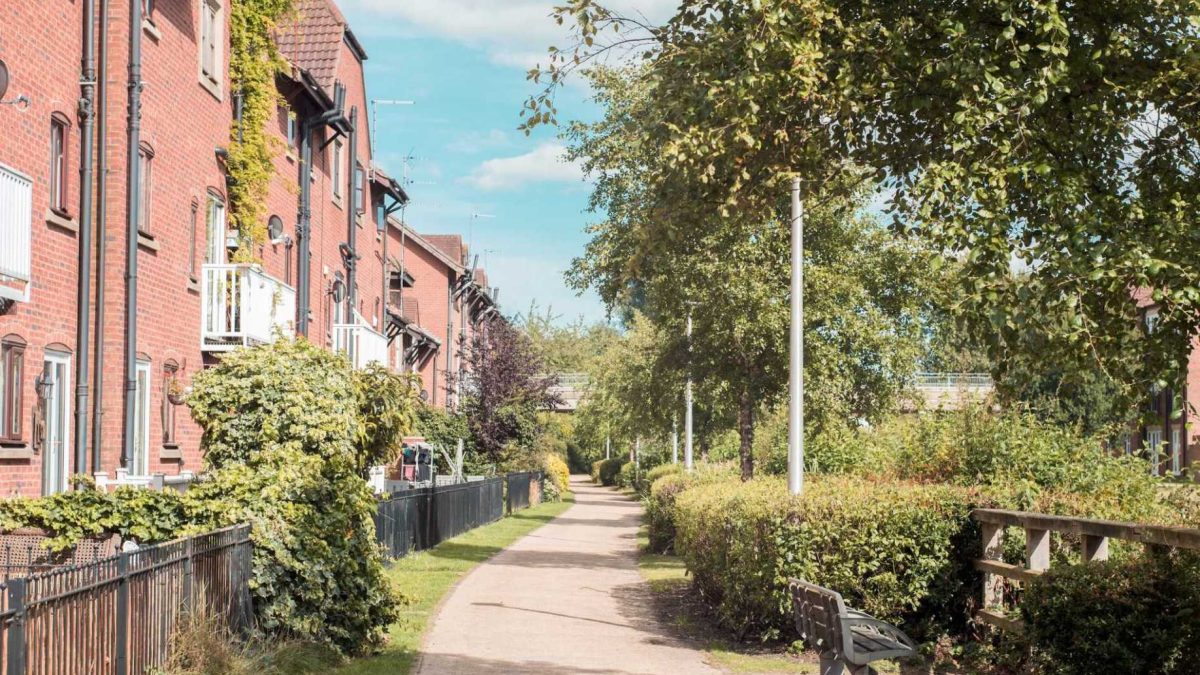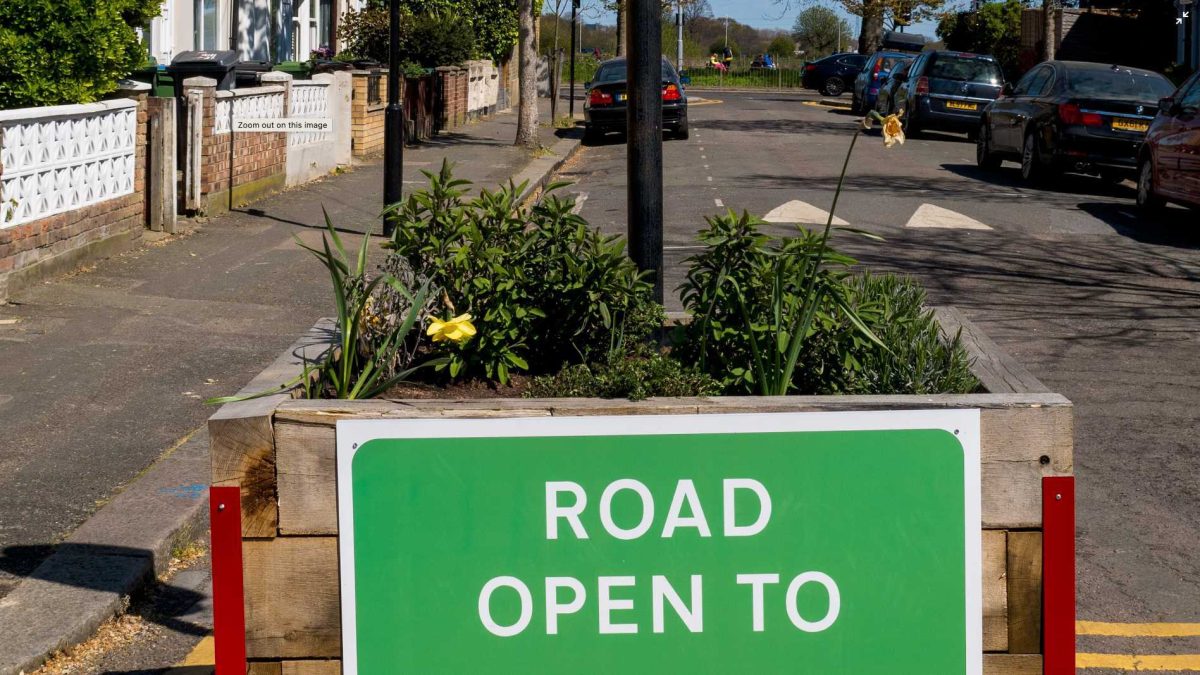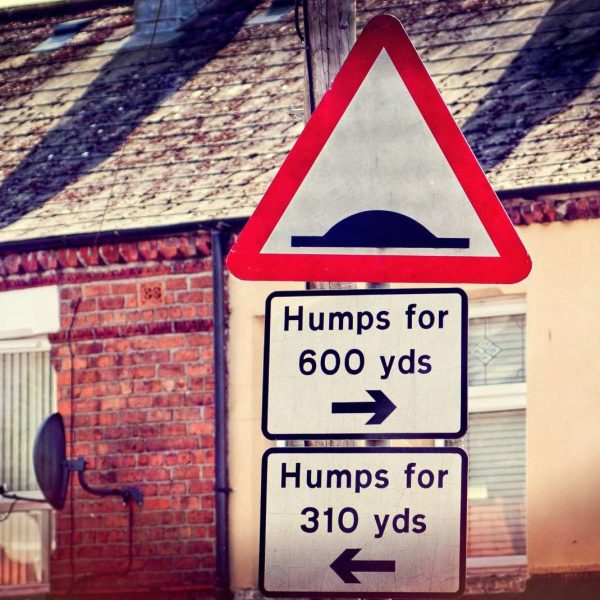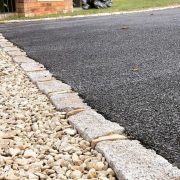
Speed Tables Help Slow Down Traffic in Residential Areas
Speed tables are an important tool in traffic management, especially in residential areas where controlling the speed of vehicles is essential for the safety of pedestrians and cyclists.
These raised sections of pavement are strategically placed at intersections and along roads to create a visible and physical deterrent for drivers, forcing them to slow down as they pass over them.
One of the key advantages of speed tables is their effectiveness in reducing vehicle speed. By creating an uncomfortable ride for vehicles traveling at higher speeds, speed tables naturally encourage drivers to slow down. This is particularly important in residential areas where the presence of pedestrians and cyclists requires a cautious and controlled approach by motorists. The raised section of pavement acts as a visual cue for drivers, signaling the need for reduced speed and increased attentiveness.
Speed tables are typically constructed from either asphalt or concrete, and their design ensures they are wide enough to accommodate two lanes of traffic. By covering a larger area than other traffic calming measures, such as speed bumps, speed tables provide a smoother transition for vehicles, minimizing any potential discomfort for passengers. This is especially beneficial for emergency vehicles, which need to maintain a certain level of speed and stability while traversing residential areas.
Installation and maintenance costs of speed tables are relatively low compared to other traffic calming measures. Their simplicity and versatility allow for easy and efficient installation, making them a cost-effective option for communities looking to improve road safety. Additionally, speed tables can be tailored to meet specific needs, such as adjusting height or width, to make them more suitable for different locations and traffic conditions.
However, it’s worth noting the potential drawbacks of speed tables. Larger vehicles, like buses and trucks, may find it challenging to navigate speed tables smoothly and safely. There is a risk of damage to these vehicles if adequate care is not taken while driving over the raised sections. Additionally, speed tables can be a hazard for cyclists, especially if they are traveling at excessive speeds. Cyclists may lose control of their bikes when passing over speed tables, leading to accidents and injuries.
To address these concerns and ensure the safety of all road users, proper signage and road markings should be implemented to alert drivers and cyclists of the presence of speed tables. Adequate education and awareness campaigns can also help create a mindset of responsible driving and cycling behavior within communities.
Speed tables are an effective and economical traffic calming measure that can significantly improve safety in residential areas. Their ability to slow down vehicles and create a visible deterrent offers a practical solution for reducing speeding and promoting a safer environment for pedestrians and cyclists. However, careful consideration should be given to the needs of larger vehicles and the potential risks for cyclists, ensuring that these groups are not disproportionately affected by the presence of speed tables. By adopting a thoughtful and comprehensive approach, communities can successfully implement speed tables as part of their broader efforts to enhance road safety.
















